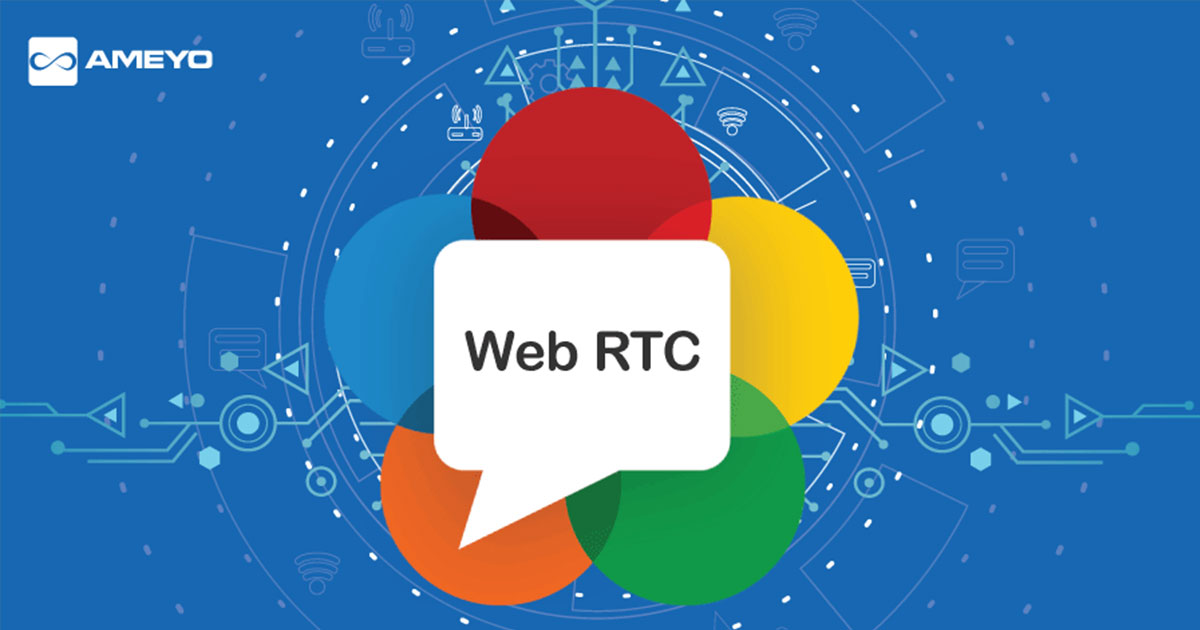A lot of buzz has been witnessed these days around WebRTC and its relevance in contact centers. However, only a handful knows how WebRTC can actually help contact centers.
In concise words, Web RTC or Web Real Time Communication gives the ability to your contact center agents to communicate via voice and video with your customers via a browser. Web browsers like Chrome and Mozilla already support WebRTC, while Microsoft edge and Mac Safari should be able to support it in the near future.
In this blog post let’s take a look at the 3 key interesting benefits of Web RTC for IT infrastructure.
- Total Cost of Ownership (TCO)
As I mentioned earlier, WebRTC works with the help of a web browser, so there is no need of a separate device for voice, or IP/analog phone connected to the PBX or a softphone. Traditionally, physical phones have been used, but maintaining them has been a huge challenge. Moreover, the cost involved to support physical phones added to the already inflated infrastructure budgets. All of this is reduced considerably with the introduction of WebRTC.
There is absolutely nothing to install, maintain or support when you start using WebRTC, the voice channel just becomes part of your UI. It also helps agents to log in remotely.
- Ad-Hoc Expansion
Usually, infrastructure teams would require a full month labour and a significant cost in advance that is invested to help a contact center go live. With WebRTC, the same contact center can go live in less than a week.
This also helps startups and other organisations, which want to quickly add agents in different geographical locations, without the initial investment in time and money in regards to the voice device.
- Network & Bandwidth Utilization and Security
WebRTC supports multiple media types and endpoints, thus helping in delivering the best voice and video communication between your agents and the server. WebRTC uses the Opus audio codec and industry experts say it is the best that is based on Skype’s SILK codec technology. Opus code supports all bands such as narrow band, wide band, super wide band and full band. This necessarily means more voice clarity for the human ears.
Furthermore, all the voice and video communications are encrypted with WebRTC. This is done by using secure RTP protocol to encrypt and authenticate. Organisations that have remote agents or contact centers across different geographical locations operating through single data centers can be greatly benefited with the use of WebRTC.
There are more points that can be addressed but I have chosen to highlight only three which I feel will help IT infrastructure teams understand the major benefits. There are immediate benefits in replacing the agent VoIP/analog channel with WebRTC. These benefits help organisations, along with improving the overall customer experience.


